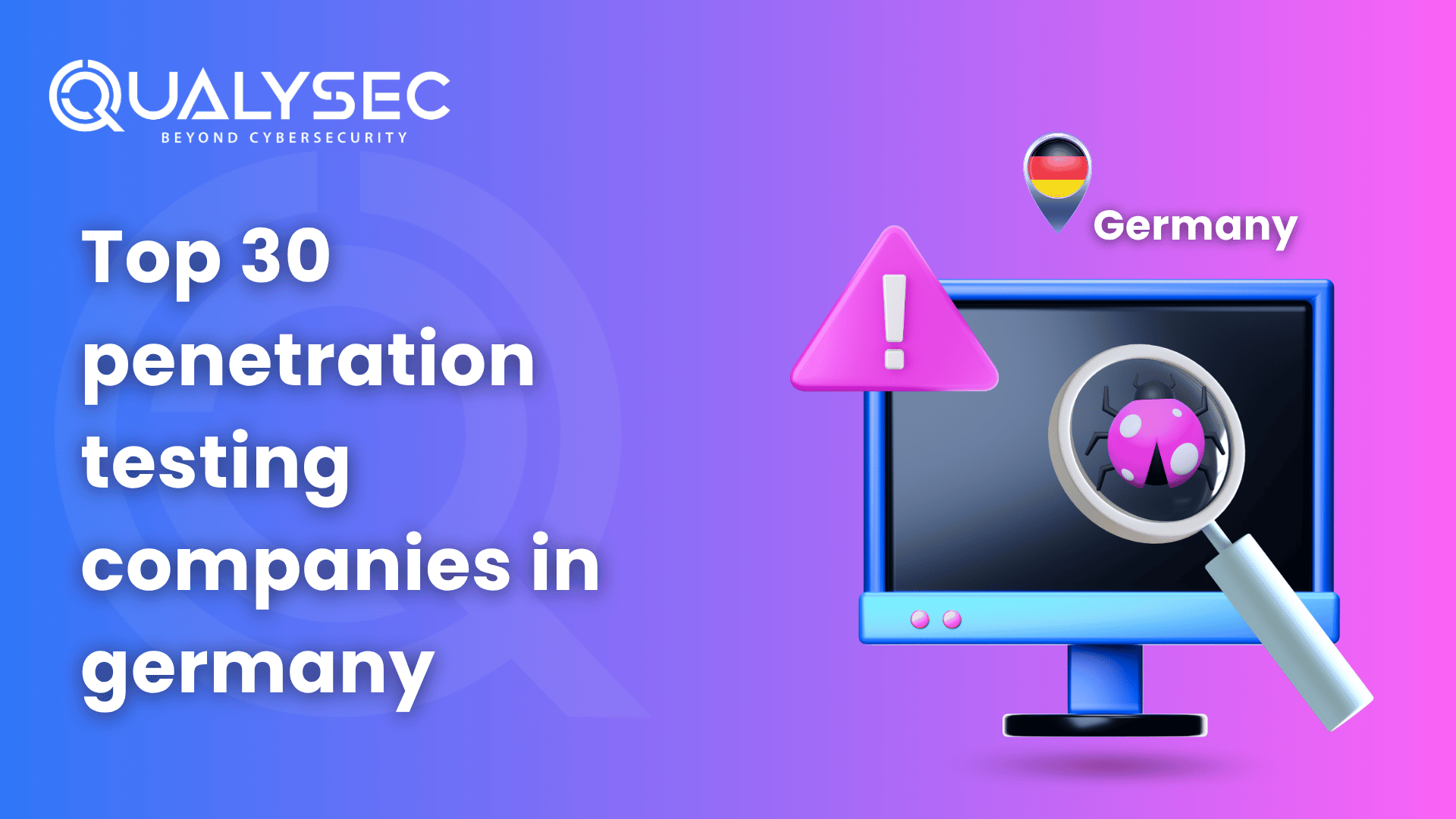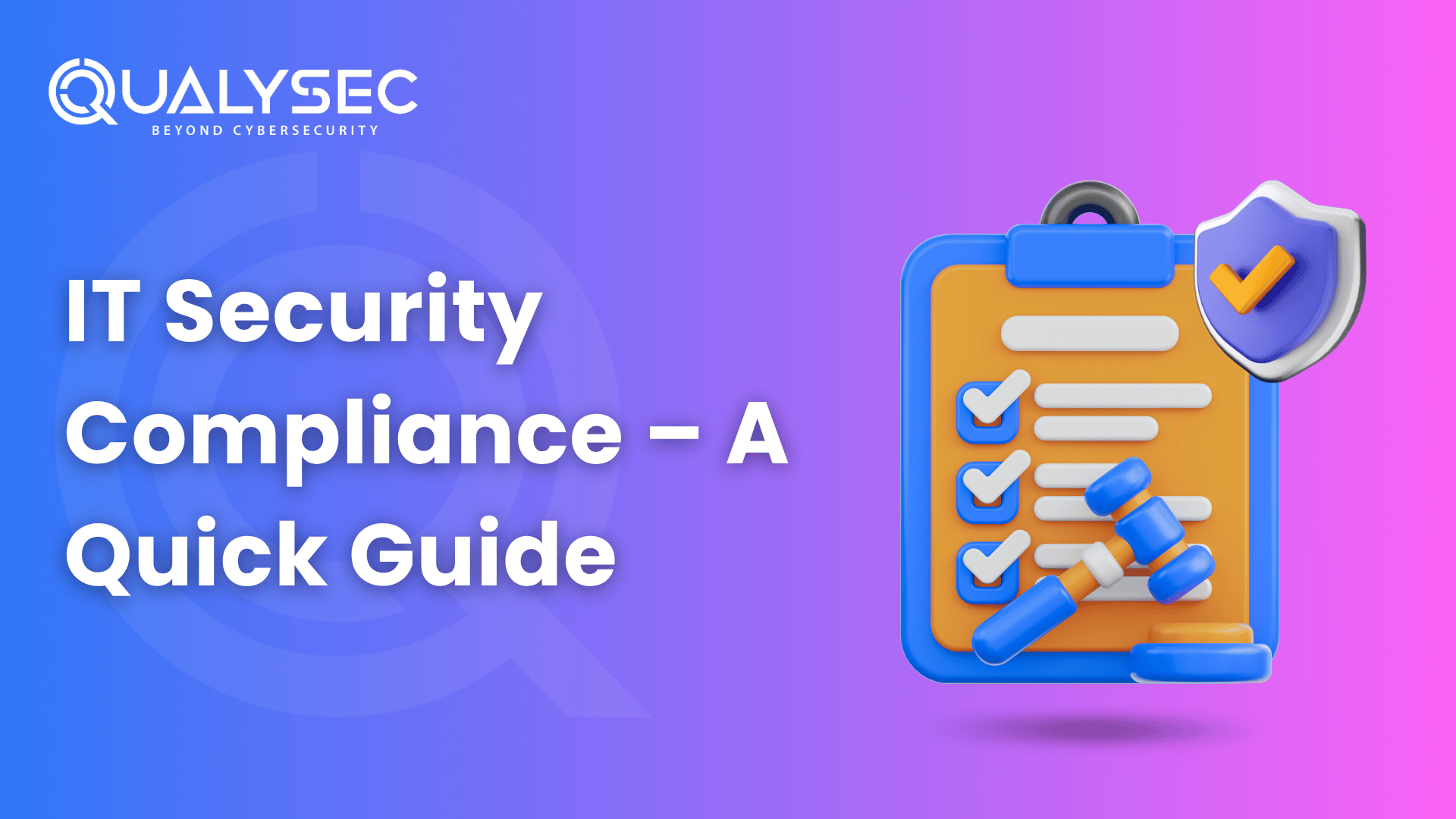In the present day, cybersecurity is no longer a luxury but a necessity and a key security technology trend. No organization, whether big or small, is spared from the risk of cyber attacks. Penetration testing, commonly known as pen testing, has remained one of the most essential tools when it comes to the protection of organizations since it offers organizations a window into their strengths and weaknesses. This article goes into further detail on everything a professional needs to know regarding penetration testing, including its definition, significance, advantages, approaches, varieties, and instruments for protecting your digital structures.
What is Penetration Testing?
Penetration testing is also considered a security solution in which an organization employs ethical hackers to practice attacking its applications, networks, equipment, or personnel. This means that the objective is to search for weaknesses that hazardous intruders can achieve and control them before they do it. Consider looking at it as a simulation for your IT structures and processes, undertaking a rehearsal with a consideration of risks in mind.
Indeed, pen testing can be compared to safety checks that car manufacturing companies give. As these checks may help ensure the safe running of the vehicle, pen tests help make your valuables secure before they go out in the field.
Why is Pen Testing Important?
1. Proactive Threat Identification
The advantages of penetration testing are that it reveals program/data flaws and weaknesses that might be exposed to hackers. This makes it easier to deal with problems before they occur, hence minimizing the number of crises, such as data breaches, thus cutting costs.
2. Cost Savings
According to IBM’s 2023 Cost of a Data Breach Report, the mean cost for a data breach is $4.45 million. Pen testing helps to avoid such expensive losses and decreases the cost of recovery.
3. Compliance with Regulations
Almost all industries have strict rules regarding data privacy, including GDPR and PCI DSS. Conducting penetration testing also assists organizations in maintaining compliance because increased security protocols are implemented.
4. Reputation Management
This act is, from every perspective, a negative act since once there is a breach, it hurts the reputation of the company and results in the loss of customers. Security testing procedures like penetration tests play a critical role in enhancing security and safeguarding your brand reputation.
5. Employee Training
Pen tests can reveal such weaknesses that employees might be undermining organizational security by falling trap to fake emails or phishing schemes. It can be used to inform industry training, which can enhance cybersecurity perceptions.
Benefits of Penetration Testing
1. Comprehensive Security Insights
They offer precious information about the weakness, which ranges from misconfigurations to advanced logic from the network. That is why this detailed analysis helps organizations strengthen their defense as efficiently as possible.
2. Improved Incident Response
This is because, during the simulation of real attacks, penetration tests aid organizations in honing their tune plans. Organizations are able to identify, counter, and respond to a cyber attack more effectively through team exercises.
3. Enhanced Risk Management
Risk management can only be effective if the delegates understand their overarching vulnerabilities to cater to the risks properly. Otherwise, pen testing helps identify which problems are most urgent and, therefore, have to be solved first.
4. Validation of Security Measures
Computer and network Penetration tests also confirm innovative security measures and prove that they work effectively in real environments.
5. Boosted Stakeholder Confidence
Periodic pen testing is also an outward sign of an organization’s commitment to cybersecurity issues, which will be well received by stakeholders such as customers, investors, and supervisory authorities.
Types of Penetration Testing
The multifaceted nature of cybersecurity threats necessitates various types of penetration testing to address specific vulnerabilities:
1. Application Penetration Testing
Focused on identifying vulnerabilities in software applications, this type tests web apps, mobile apps, APIs, and cloud-based systems. These are summarized as follows: SQL injection, cross-site scripting (XSS), and the ability to bypass authentication.
2. Network Penetration Testing
This entails conducting a security check on an organization’s network to discover weak points, such as open ports and incorrectly set up firewalls, and the organization’s potential to be prone to DoS attacks. This combines the externally visible and the internal or behind-firewall assessments.
3. Hardware Penetration Testing
Hardware testing means an examination of tangible products, such as laptops, IoT gadgets, and operational technologies. It reveals such weaknesses as open ports, firmware problems, and physical access threats.
4. Personnel Penetration Testing
One of the most enormous threats to cybersecurity is human error. Penetration testing also involves dummy attacks that are conducted on employees, such as phishing, smishing, and other social engineering issues. It also includes personnel security state, including physical security safeguards like access controls.
Common Pen Testing Methods
Penetration testing employs different methods based on the knowledge provided to testers and the nature of the simulated attack:
1. White-Box Testing
The entire organization holds its resources open for the testers to access, including source code and even network diagrams.
2. Black-Box Testing
Testers are given limited information about the systems, which makes them act like a malicious outsider. This method assesses the success of an organization in responding to threats that they have not encountered in the past.
3. Gray-Box Testing
This kind of testing is a mixture of white-box and black-box testing in which the tester is provided with limited information akin to insider attacking or limited knowledge attacking.
4. Targeted Testing
In this approach, the testers and the security teams are involved and are in a position to offer live feedback and improve the security status of the organization.
The Five Phases of Penetration Testing
Reconnaissance
Identifying and collecting data and information about the target system, using public access data and information, social engineering, and system details.
Scanning
Identifying potential risks in the target system through the use of software and the physical examination.
Exploitation
Evaluating strengths and weaknesses with the intent of probing for known susceptibilities with the aim of compromising on an organization’s defenses or causing disruption.
Escalation
Estimating the qualitative distance an attacker could advance after compromising a system, as well as reinforcement and corruption.
Reporting
Create an easy-to-follow detailed report of the discovery, the weaknesses, and the measures that need to be taken in order to deal with them.
Penetration Testing Tools
Penetration testers use special tools to find weaknesses in systems. Here are some of the most common ones:
- Network Scanners
Tools like Nmap check for open ports and how a network is set up. - Web Application Scanners
Tools like Burp Suite and OWASP ZAP find security flaws in websites and apps. - Exploitation Frameworks
Metasploit helps testers simulate attacks by automatically finding and exploiting vulnerabilities. - Packet Sniffers
Tools like Wireshark look at network traffic to find anything unusual or unsafe. - Password Crackers
Tools like Hashcat check how strong passwords are and help identify weak ones. - Special Operating Systems
Systems like Kali Linux and Parrot Security OS are designed for security testing and ethical hacking.
How Often Should Pen Testing Be Conducted?
Threats are unique in the cyber world because they constantly change, which makes pen testing a necessity that must be conducted regularly. Organizations should conduct penetration tests:
- At least once a year.
- After making major changes to the system or infrastructure, for example, after implementing major upgrades.
- After a cyber-attack or data breach.
Legal Requirements and Penetration Testing
It can be crucial for an organization that takes vulnerability assessment of its network or system to meet regulatory requirements of certain industries dealing with sensitive data through penetration testing. For example:
- Healthcare (HIPAA): Patient data are protected to conform to legal and institutional requirements.
- Finance (PCI DSS): It protects credit card data.
- Global (GDPR): Ensures the protection of personal information of citizens of the European Union.
The frequency of pen tests will show the readiness and willingness of an organization to be in compliance and also safeguard user data.
Challenges in Penetration Testing
While penetration testing offers numerous benefits, it comes with challenges:
Cost: Professional pen testing services constitute one of the biggest cost concerns for organizations, particularly those with a small budget.
Complexity: Pen testing is complex and calls for a certain level of training and skills, and this is barred for some groups and individuals.
Time-Consuming: Comprehensive tests may take weeks, therefore interrupting regular business processes.
False Sense of Security: That is why a successful test does not exclude complete security, as new vulnerabilities in the system may appear.
Conclusion
Penetration testing is one of the critical components of the cybersecurity toolbox. It helps find and fix weaknesses before hackers can use them. This keeps data safe, builds trust, and ensures companies follow the rules. Though it takes time and effort, the benefits make it essential for every organization in today’s world of growing cyber threats.
FAQs
1. What is penetration testing?
It’s a way to check for security weaknesses in a system to stop hackers.
2. How often should it be done?
At least once a year or after big changes like updates or new systems.
3. Is it safe for my system?
Yes, experts do it carefully to avoid any damage.




































































































































































































































































































































































































































































































































0 Comments